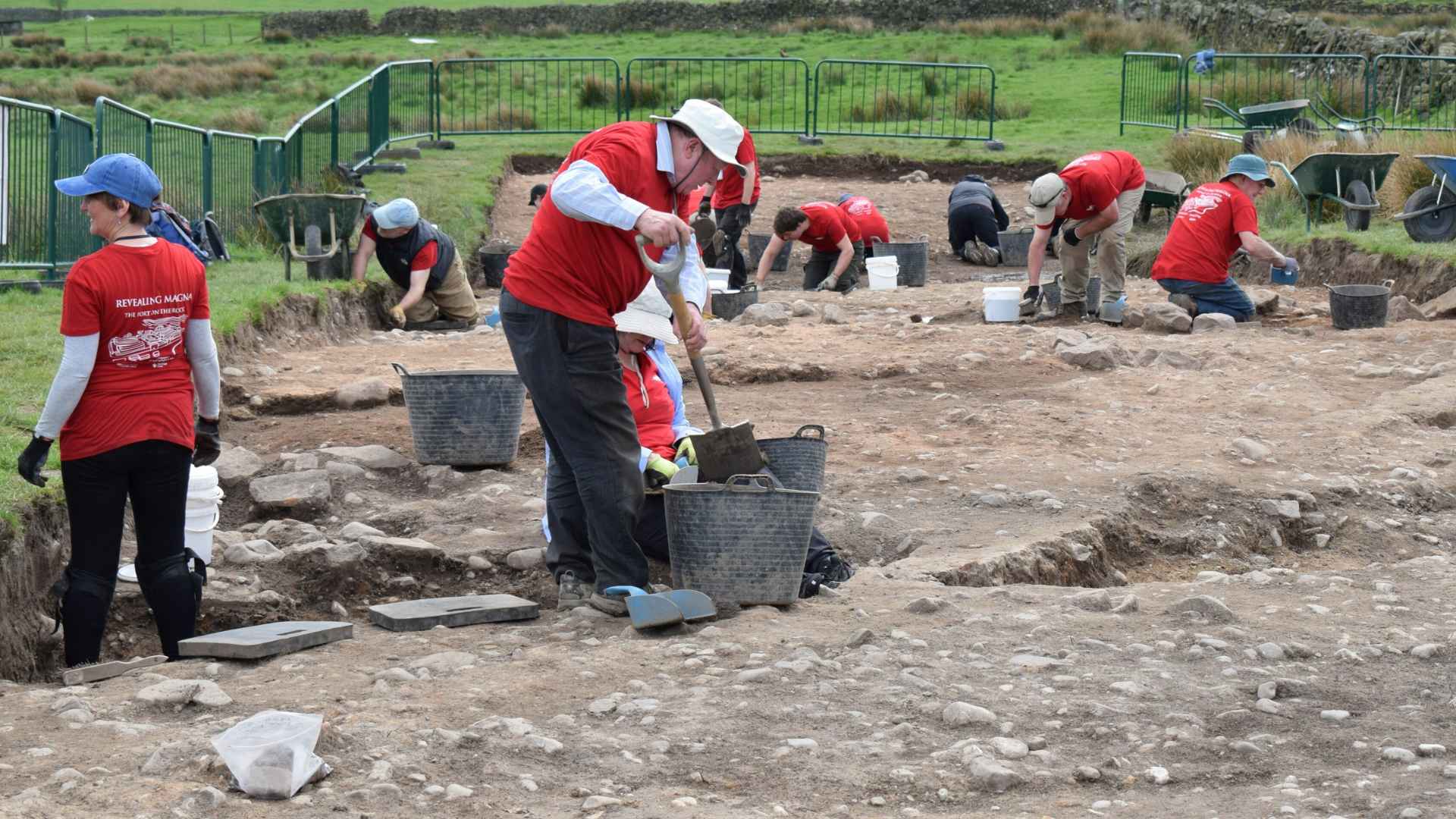Archaeologists at the Magna fort in northern England have unearthed a remarkably intact leather sandal measuring 32 cm—evidence that a supersized soldier once patrolled Rome’s frontier.
A freshly uncovered leather sandal from the 2,000‑year‑old Roman fort of Magna, just south of Hadrian’s Wall, is causing a stir among researchers. The shoe is so large—comparable to a modern U.S. men’s size 15—that experts are picturing a hulking legionary marching Britain’s northern edge. Found in water‑logged, oxygen‑free mud, the footwear emerged alongside grooming tools, pottery and other camp gear, giving historians an unusually vivid snapshot of daily life on Rome’s distant border.
Oversized Roman sandal hints at towering soldier stationed on Hadrian’s northern frontier
The discovery site, a UNESCO‑protected outpost near present‑day Carvoran, once guarded the empire against tribes north of the Wall. Because Magna’s subsoil stays wet and air‑tight, leather survives where it would normally rot. “We almost never see shoes this complete,” one field supervisor explained.
That completeness allowed technicians to confirm the extraordinary length and speculate that its owner may have stood close to 6 ft 4 in—impressive even by 21st‑century standards. After all, how many size‑15s do you see walking down Main Street?
Everyday artifacts reveal how legionaries balanced warfare with personal comfort and style
Roman soldiers did more than drill and defend. The team cataloged an intriguing mix of possessions that paint a humanizing picture:
| Item | Likely Use |
|---|---|
| Fine‑tooth wooden comb | Delousing and personal grooming |
| Beads | Adornment or trade tokens |
| Marble make‑up palette | Storing pigments for skin care |
| Pottery shards | Cooking and ration storage |
| Wooden tent pegs | Anchoring leather field tents |
Taken together, these pieces suggest troops kept up appearances, bartered trinkets and maintained orderly camps far from the Mediterranean sun. In fact, who says soldiers can’t multitask—sharpen a sword in one hand, style their hair with the other?
Why a single leather shoe can rewrite what we know about Rome’s fighting forces
Small finds often drive big historical leaps. First, footwear design helps date layers of the fort and trace supply lines back to continental workshops. Second, foot size offers clues about recruitment zones and diet; a well‑fed legionary generally grows taller. Finally, Magna’s anaerobic mud shows where future digs might uncover additional organic objects—perhaps tent panels or writing tablets—that rarely survive elsewhere. Consequently, each shard and shoelace tightens our understanding of imperial logistics, health, and frontier culture.
This super‑sized sandal reminds us that the Roman Empire was held together by real people with quirks, fashions and, apparently, enormous feet. Researchers will now conserve the leather, run residue tests on the palette and resume trenching when weather permits. Stay tuned—what other surprises could be waiting beneath the Wall’s shadow?

